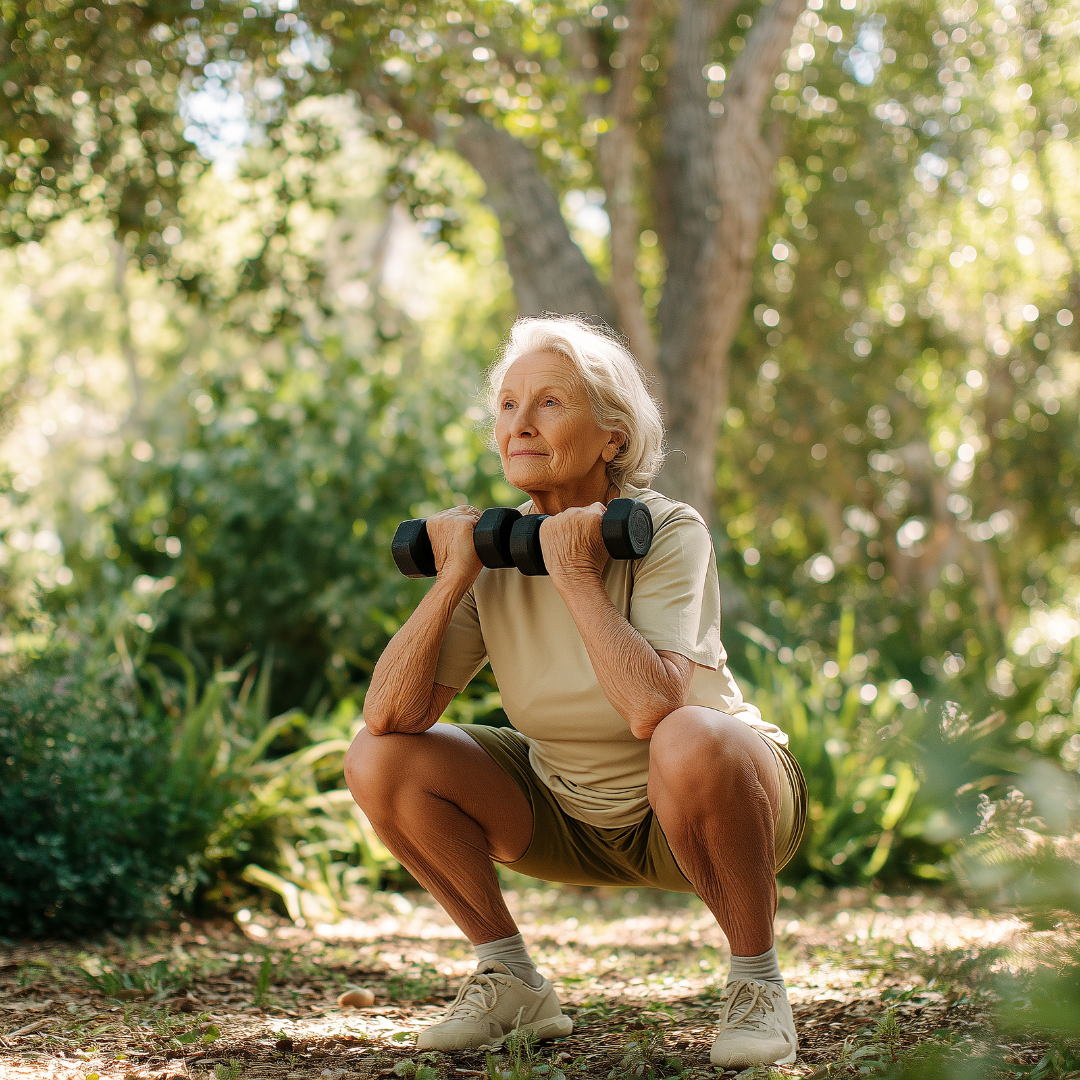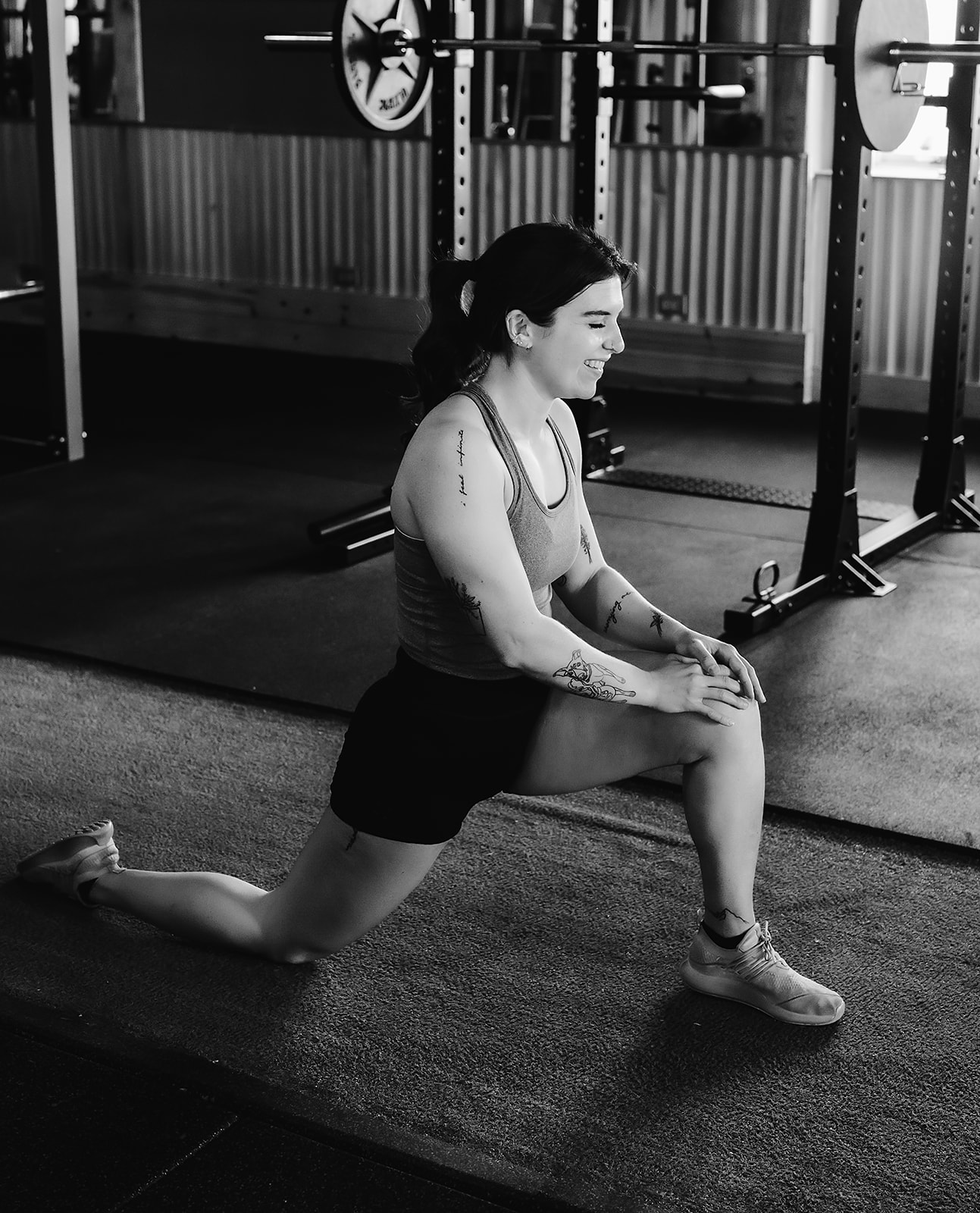Locomotion Training is hard and requires discipline. While you should always stick to the basic fundamental movement patterns, this can be monotonous. You can train fundamental movement patterns by throwing in some locomotion exercises and breaking the monotony of your training.
This is hard to do for some people because trying new skills means adopting a beginner mindset. This is important for MOST people to do at least some point in their training or at least in some aspect of their lives. Skill related fitness means setting the goal of mastering a movement, which leads to creating new neural pathways – which ultimately leads to more gains and a more efficient body overall.
What is locomotion training?
You can think of locomotion as a “traveling movement.” Walking, running, carrying, and crawling are all forms of locomotion.
How are locomotion exercises different?

Source: NASM.org
-
You are changing your normal orientation in space.
-
A lot of locomotion movements require moving with hands and feet placed on the ground. This requires the spine to be a supportive platform for these movements which differs from our normal activities where our head is at the top and legs at the bottom. So, if performing movements where hands are placed on the ground, the torso (the trunk and the spine) is involved in creating and handling dynamic forces. The nice thing about this is that movements such as Bear or Frogger load your spine but not with the shear force of external load (like a Deadlift) so the risk for injury is a lot less!
-
-
You are moving in multiple planes of motion.
-
When training this way, you will typically begin to move in the frontal and transverse planes more frequently. Most of the movements done when resistance training occur in the sagittal plane. Locomotion exercises encourage more multi-planar movement.
-
-
You move around versus staying in one spot, changing your orientation in space and challenging your body while adding a new stimulus.
Have fun and explore locomotion exercises! These movements develop a ton of body awareness. You can even try setting a timer and just moving freely in whatever movement patterns you like!
How to Incorporate Locomotion Training
Locomotion movements can be a great primer for workouts so adding them to your warm up can be extremely beneficial for prepping the body for your session. Additionally, you can create entire workouts with locomotion movements. Instead of going for reps, we’re going to go for distance. For example, performing a Farmers Carry for 100 yds with the heaviest weight you can carry.
Example locomotion workout:
For the workout below, you’re going to do 4 sets of each movement. You can either set a timer for 60 seconds and go as far as you can every time, or travel for 50 yds for each movement. Your choice!
-
Bear Crawl (push movement)
2. Frogger (pull movement)
3. Monkey (lower push or squat movement)
4. Lateral Walks (lower body pull or hinge movement)
5. Crab Walks (for endurance and shoulder extension training)
Training these movement patterns will challenge you and help you become a more adaptable and healthy human. Give these a try and let us know what you think!
If you enjoyed this article, we’d love to have you check out our podcast: Stronger Than Your Boyfriend. We drop episodes every week to help you move better, get stronger, and live pain free. If you want to stay updated on new episodes and more, click the button below. Don’t forget to check out our programs as well!



